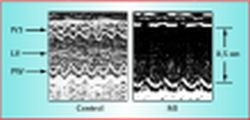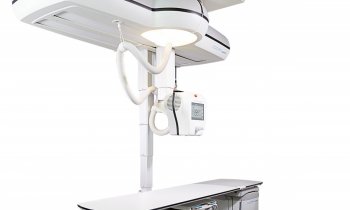Cardiac Imaging in a Small Animal Model
In the last 10 years, small animal models have played an important role in cardiological research. These research models are especially important since today various cardiac illness entities can be investigated in transgene animal models. Because of the animals ease of handling and fast generation time, research projects with rats and mice are particularly interesting. Until the 1980s, experiments were overwhelmingly carried out on large animals, but cardiological research using small animal models faces specific problems. A major feature is the examination of the development of specific phenotypes in transgenic mouse models. It is important to note that even with the specific control of individual gene loci, or the production of certain transgenic mouse models, actual phenotyping cannot necessarily be predicted. Thus in dealing with such small animal models, safe, reliable and reproducible cardiac phenotyping is of utmost importance. In principle, various physiological parameters can be measured to capture the elements of cardiac function. These encompass hemodynamic measurements with the measurements of cardiac output and pressure, as well as mesurements of the heart's morphology, such as determination of wall thickness, and approximation of left ventricular function by determining the diameter of the heart cavities and their respective abbreviated ejection fractions.

This article was first published in the VISIONS, issue 6/2004, a publication of Toshiba Medical Systems
13.08.2007











